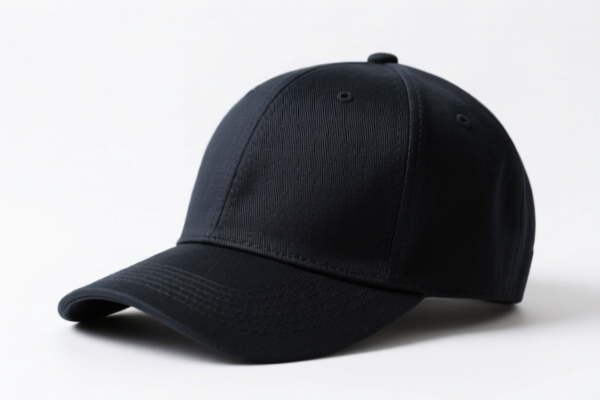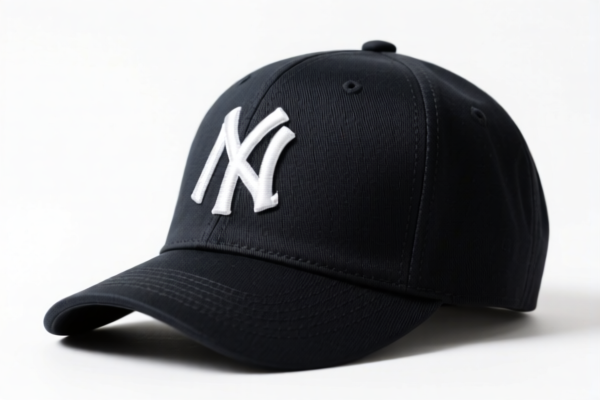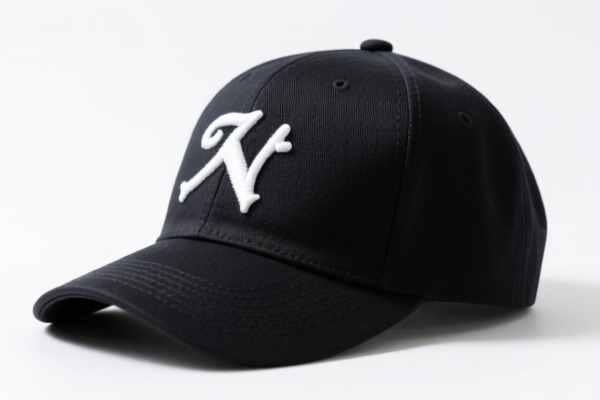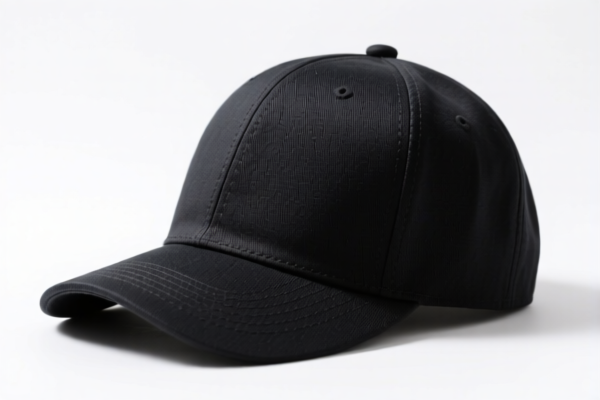| HS Code | Official Doc | Tariff Rate | Origin | Destination | Effective Date |
|---|---|---|---|---|---|
| 8301406030 | Doc | 43.2% | CN | US | 2025-05-12 |
| 8301406060 | Doc | 43.2% | CN | US | 2025-05-12 |




Hatch
A hatch refers to an opening, covering, or door, typically smaller than a standard door, used for access to confined spaces. The term also describes the act of newly emerging from an egg. This entry covers both the physical object and the biological process.
Physical Hatch
Material: Hatches are constructed from a variety of materials depending on the application. Common materials include:
- Metals: Steel, aluminum, stainless steel are used for robust applications, often in marine, industrial, and aviation settings.
- Wood: Historically common, wood hatches are still used in some boatbuilding and architectural applications.
- Plastics/Composites: Used for lightweight applications and corrosion resistance.
- Glass/Acrylic: Employed in skylights and observation hatches.
Purpose: Provides access for maintenance, inspection, ventilation, or egress. They are designed to be watertight or airtight depending on the environment.
Function:
- Access: Allows entry and exit to areas like engine rooms, storage compartments, attics, or confined spaces.
- Sealing: Many hatches incorporate gaskets, seals, and locking mechanisms to prevent water, air, or contaminants from entering.
- Structural Integrity: Hatches contribute to the overall structural strength of the enclosure they are integrated into.
Usage Scenarios:
- Marine: Engine room access, storage compartments, deck access.
- Aviation: Access panels for aircraft systems, emergency exits.
- Construction: Roof access, attic access.
- Industrial: Access to machinery, equipment, or confined spaces.
- Skylights: Providing natural light and ventilation.
Common Types:
- Watertight Hatches: Designed to prevent water ingress, commonly found on boats and submarines.
- Airlock Hatches: Used in pressurized environments to maintain air pressure while allowing passage.
- Flush Hatches: Sit flush with the surrounding surface, minimizing obstruction.
- Raised Hatches: Project above the surrounding surface, providing clearance.
- Skylights/Roof Hatches: Typically made of glass or acrylic, designed to let in light and provide ventilation.
- Manholes: Large hatches providing access to underground utilities.
Biological Hatch (Egg Hatching)
Process: The process by which an embryo develops within an egg and breaks free from its shell.
Mechanism: Triggered by internal developmental cues, often involving enzymes that weaken the shell. The chick, reptile, or insect uses physical force and specialized structures (e.g., egg tooth in birds) to break through the shell.
Factors Influencing Hatching:
- Temperature: Optimal temperature is crucial for embryo development and successful hatching.
- Humidity: Proper humidity levels prevent the egg from drying out or becoming overly saturated.
- Incubation Period: The length of time required for the embryo to develop varies by species.
- Egg Turning: Regular turning prevents the embryo from sticking to the shell.
Species: Occurs in birds, reptiles, amphibians, fish, insects, and other oviparous (egg-laying) animals.
Based on the provided information, the declared goods "hatch" can be classified under the following HS codes:
-
8301406030: This HS code covers Padlocks and locks (key, combination or electrically operated), of base metal; clasps and frames with clasps, incorporating locks, of base metal; keys and parts of any of the foregoing articles, of base metal: Other locks: Other Door locks, locksets and other locks suitable for use with interior or exterior doors (except garage, overhead or sliding doors).
- 83: Chapter 83 signifies articles of base metal, including locks and related hardware.
- 01: Heading 01 specifically refers to padlocks, locks, clasps, frames, keys, and parts thereof.
- 406030: Subheading 406030 denotes other locks, further specifying door locks, locksets, and locks for interior or exterior doors (excluding garage, overhead, or sliding doors).
-
8301406060: This HS code covers Padlocks and locks (key, combination or electrically operated), of base metal; clasps and frames with clasps, incorporating locks, of base metal; keys and parts of any of the foregoing articles, of base metal: Other locks: Other Other.
- 83: Chapter 83 signifies articles of base metal, including locks and related hardware.
- 01: Heading 01 specifically refers to padlocks, locks, clasps, frames, keys, and parts thereof.
- 406060: Subheading 406060 denotes other locks, with a broader "Other" classification.
Tax Rate Information:
Both HS codes 8301406030 and 8301406060 share the following tax details:
- Basic Tariff: 5.7%
- Additional Tariff: 7.5%
- Additional Tariff (after April 2, 2025): 30.0%
- Total Tariff: 43.2%
According to the provided reference material, the HS code options related to 'hatch' are limited, with only the following 2 found.
Customer Reviews
No reviews yet.